
Drop Your Enquiries Here!
Please fill in your details below and we will contact you as soon as possible.
IT cable management is the practice of organising and maintaining structured cabling in offices, data centres, and server rooms. Neatly arranged cabling supports system reliability, reduces safety risks, and ensures smooth day-to-day operations.
Without proper management, businesses often encounter issues such as accidental disconnections, blocked airflow leading to overheating, and difficulties in troubleshooting. Over time, these problems can result in costly downtime and maintenance. At ITM, we provide comprehensive
IT solutions
that include structured cable management designed to enhance system performance and serviceability.
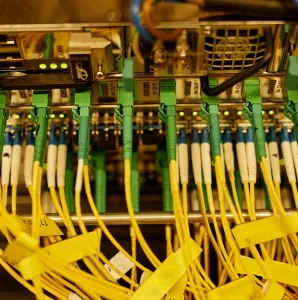
Organised cabling allows air to circulate properly around servers, switches, and workstations. When cables are tangled or blocking ventilation paths, equipment can retain heat, which increases the risk of performance issues. A structured IT cable management setup supports better cooling and helps maintain stable system performance.
Clear cable routing makes it easier for technicians to trace connections, identify faults, and carry out repairs without unnecessary delays. A well-labelled layout reduces time spent sorting through cluttered cables, allowing your team to resolve issues quickly and minimise disruptions to your operations.
A tidy workstation or server rack reflects professionalism and a well-maintained environment. Proper cable routing helps create a clean, organised space that is easier to manage during onboarding, equipment upgrades, or routine inspections.
Messy or overlapping cables can create electromagnetic interference that affects network performance. Good IT cable management helps separate power and data lines, reducing the likelihood of crosstalk and ensuring stable connectivity across your infrastructure.
Tension, kinks, and excessive bending can damage cables over time. Structured routing supports even weight distribution and prevents unnecessary strain on ports and connectors. This contributes to longer-lasting equipment and fewer cable replacements.
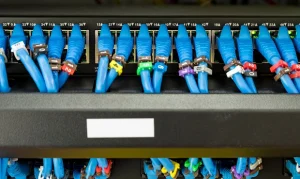
Modern data centres are moving toward high-density rack systems to maximise available space and support growing operational demands. As racks become more populated with data and power cables, structured IT cable management becomes essential. A well-organised layout improves system reliability, ensures smoother airflow, and helps maintain overall rack efficiency.
Unmanaged cables can lead to a range of operational challenges, such as:
These issues often contribute to unscheduled downtime, which can be costly and disruptive for any business environment.
Effective cable routing in rack-mount systems supports better troubleshooting, safeguards equipment, and maintains stable network performance. It also contributes to stronger IT coverage across facilities by reducing the risk of faults and improving service continuity. In Singapore, many organisations rely on structured cabling to support the increasing demands of high-density IT environments.
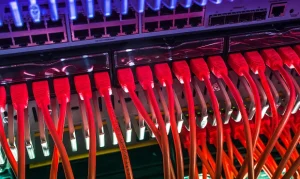
Unmanaged cables can cause performance drops, safety risks, and unexpected outages. These interruptions affect workflow and place pressure on IT teams already managing complex systems. Structured IT cable management reduces these risks by keeping connections organised, improving airflow, and supporting more predictable system behaviour. This helps businesses avoid avoidable downtime and maintain consistent productivity.
ACM provides structured cabling solutions tailored to the needs of modern IT environments. Our work strengthens the foundation of your infrastructure by improving cable routing, reducing interference, and ensuring equipment remains accessible for ongoing maintenance. With reliable IT cable management in place, your organisation gains a cleaner, safer, and more scalable setup that supports long term operational stability.
Proper cable management is vital for IT systems, and understanding the available options helps determine the most suitable solution. Here are the main types of IT cable management along with their pros and cons:
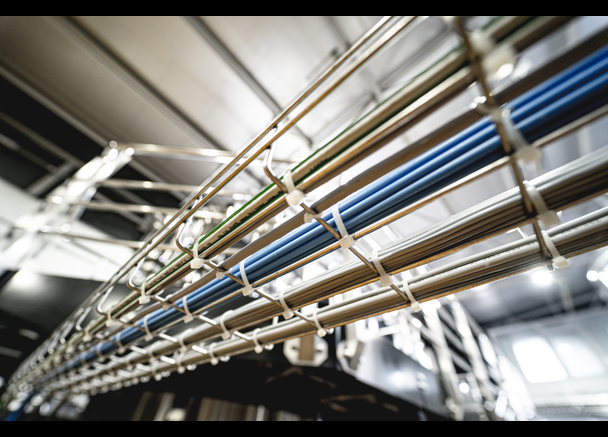
Cable trays are one of the most widely used systems for managing large volumes of cables in industrial and commercial environments. They support and route cables along walls, ceilings, or floors.
• Excellent for organising and protecting cables in high-density setups.
• Easy to modify, expand, or reroute cables.
• Provides clear separation between power and data cables, reducing interference.
• Requires precise installation and space planning.
• May need frequent cleaning in dusty environments.
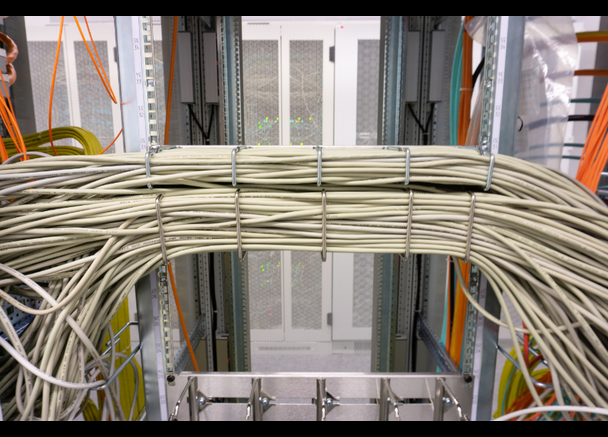
Cable ties are simple, cost-effective tools for bundling cables. They come in various materials, including plastic, nylon, and velcro.
• Affordable and readily available.
• Quick and easy to use.
• Velcro ties are reusable, making them ideal for temporary setups.
• Plastic or nylon ties are single-use, contributing to waste.
• Tight bundling may damage sensitive cables over time.
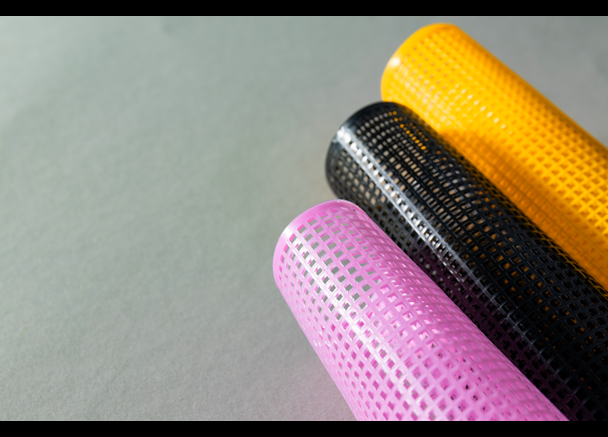
Cable sleeves and covers are used to group cables together while providing a protective layer. They are ideal for desk setups and entertainment systems.
• Neat appearance, perfect for open workspaces.
• Provides abrasion resistance and protection against accidental damage.
• Some are reusable and allow branching at various points.
• Installation may require tools or additional effort.
• Limited to certain lengths unless extended.
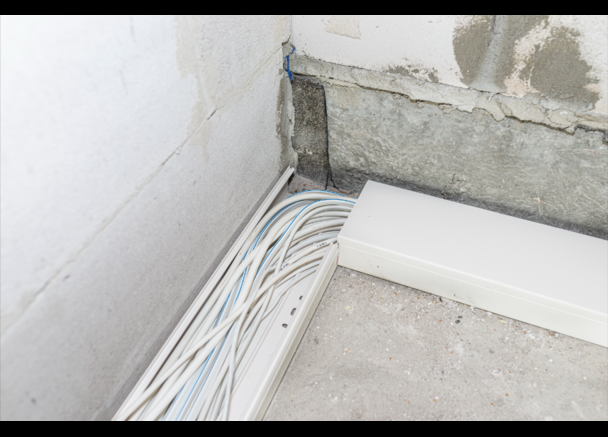
Raceways are enclosed channels designed to hide and protect cables running along walls or under desks.
• Keeps cables concealed for a clean and professional look.
• Protects against environmental factors like dust and moisture.
• Easy to access for maintenance or upgrades.
• Installation can be time-consuming.
• Not suitable for extremely high cable volumes.
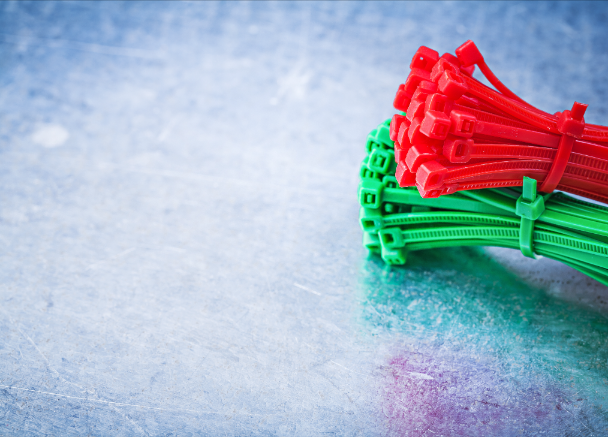
Cable clips and mounts are useful for securing cables along walls, furniture, or edges without drilling or adhesives.
• Non-invasive, making them ideal for delicate surfaces.
• Easy to install and remove.
• Suitable for routing cables across edges or tight spaces.
• May not support heavy cable bundles.
• Clips may lose grip over time with frequent adjustments.

These systems are often used in offices and data centres where multiple cables need to be routed discreetly.
• Keeps walkways and workspaces uncluttered.
• Provides excellent scalability for growing IT infrastructures.
• Installation can be expensive and requires professional expertise.
• It can be difficult to access cables for maintenance.

Please fill in your details below and we will contact you as soon as possible.